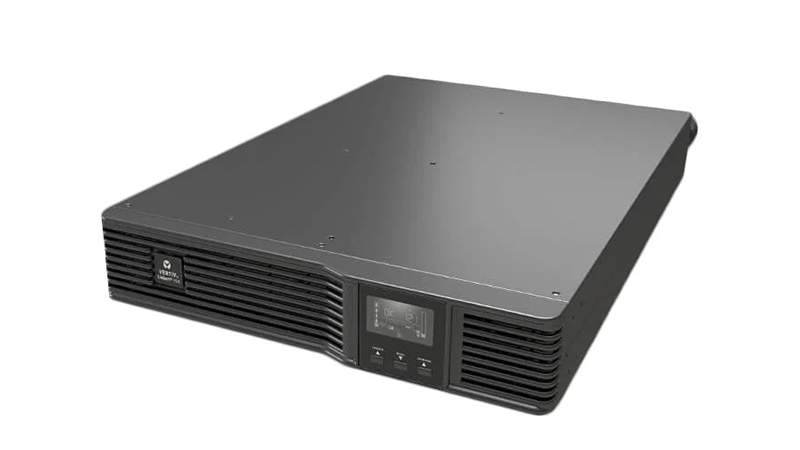The demand for electricity in Argentina reached the highest historical level in 2021, with 133,800 gigawatts/hour, 5.2% more than the previous year, according to the Foundation for Electrical Development (Fundelec).
This report also shows that energy demand in Argentina has been growing for nine consecutive months and is expected to continue to rise. Along with the growing demand, the country has also experienced energy shortages during the first few months of the year.
This electrical instability can be especially problematic for people who work from their homes, which represent 46% of Argentine workers, according to consultant company Adecco.
Voltage spikes caused by electrical impulses are common in instable power systems, and the greater their magnitude, the greater the risk for damage to equipment and devices. The impact of these voltage fluctuations on devices can range anywhere from premature aging of their components to the destruction of those components. Electrical network irregularities can also prompt restarts in computers and critical infrastructure, with possible loss of information, or deterioration of devices intended to provide connectivity, such as modems or routers.
Choosing the Right UPS to Protect Critical Electronics
Companies need to take preventive measures to protect the devices and critical infrastructure of their work-from-home employees from electrical fluctuations and outages. Solutions such as voltage protectors and stabilizers may work, however, an expert should be consulted as to which of these best suits the organization's needs. To mitigate voltage spikes and provide electrical autonomy to the power supply, the Uninterruptible Power Supply (UPS) system is the right option.
A good strategy will not only depend on the right UPS system, avoiding future damages will be determined by the speed at which the action plan is defined. For this plan, three important criteria must be considered: the type of problem (voltage spikes, power outages, electrical disturbances in the network); the origin (the power outage is not occasional but systematic); and the length of time the events typically last.
When the problem is systematic and sustained over time, and the critical load that must be fed is known, the UPS model should be chosen based on the power required to support the load and the criticality of the connected equipment. UPS units protect connected equipment from grid instabilities by serving as a buffer between the grid and the equipment. In addition to providing battery time, some models also protect against power spikes, surges and other anomalies.
Some compact UPS systems used to support smaller loads are available with options that include additional battery time during outages, software to initiate shutdown when the battery is low, and user-replaceable batteries to improve availability.
The UPS can provide battery time to either ride through an outage or give the user time to shut down and prevent possible damage or data loss that can result from unplanned outages.
As the consequences of climate change are intensifying, resilience and adaptability will be key for companies as they look for innovative models to create more efficiency. The right technology investments over time based on changing conditions will mean better business for them.





